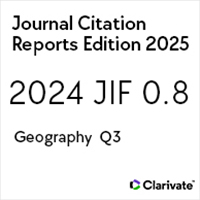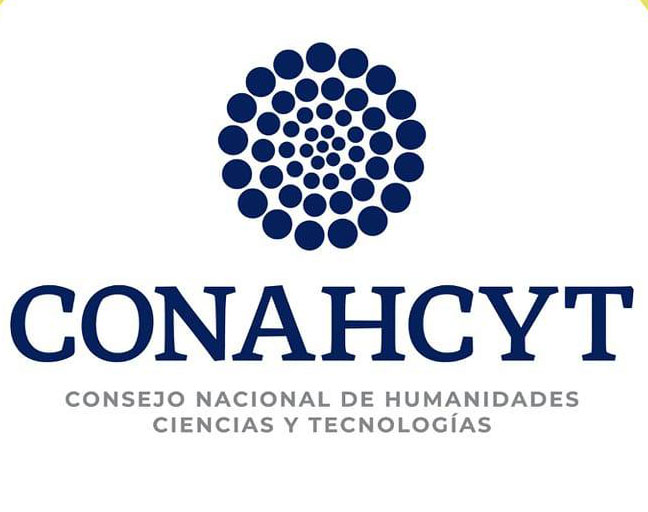Corporate strategies and clothing supply chains reshaping towards the United States: Levi Strauss & Co firm’s situation
Estrategias corporativas y reconfiguración de las cadenas de proveeduría del vestido hacia Estados Unidos: el caso de la firma Levi Strauss & Co.
https://doi.org/10.21670/ref.2009.20.a04
Keywords:
Levi Strauss & Co., global apparel networks, NAFTA, international trade, competitive strategiesAbstract
This article presents a summary of the corporate strategies of the Levi Strauss & Co. firm, a company that has had an important role in each one of the phases of Mexico’s process of integration into the global apparel production: the integration under the shared–production programs, the first stage of NAFTA, and the current stage of decline of Mexican exports and re–positioning of China. The central argument is that, by analyzing the competitive strategies of the leading firms of global apparel networks—as in the case of Levi’s—, we can get closer to the restructuring logic of these networks and understand the changing terms of the international insertion of the countries and firms involved, as in the case of Mexico.Resumen
Este artículo presenta un recuento de las estrategias corporativas de la firma Levi Strauss & Co., empresa que ha tenido un papel protagónico en cada una de las fases del proceso de integración de México a la producción global de prendas de vestir: la integración bajo los programas de producción compartida; la primera etapa del TLCAN; y la etapa actual de caída de las exportaciones mexicanas y reposicionamiento de China. El argumento central es que analizando las estrategias competitivas de las firmas líderes de las redes globales del vestuario –como es el caso de Levi’s–, nos podemos acercar a la lógica de reestructuración de estas redes y entender los términos cambiantes de inserción internacional de los países y firmas involucradas, como es el caso de México.References
Appelbaum, Richard P. y Gary Gereffi (1994), “Power and Profits in the Apparel Commodity Chain”, en Edna Bonacich et al. (ed.), Global Production: The Apparel Industry in the Pacific Rim, Filadelfia,
PA, Temple University Press.
Bonacich Edna y David V. Waller (1994), “Mapping a Global Industry: Apparel Production in the Pacific Rim Triangle”, en Edna Bonacich et al. (ed.), Global Production: The Apparel Industry in the Pacific Rim, Filadelfia, PA, Temple University Press.
Colwell, Dara (2002), “Levi’s: Made in China?”, Alter Net, http://www.organicconsumers.org/clothes/chineseslevis.cfm.
Downey, Lynn (2007), “A short history of denim”, http://www.levistrauss.com/Downloads/History-Denim.pdf.
Ernst, Dieter (1997), “From Partial to Systemic Globalization: International Production Networks in the Electronic Industry”, BRIE Working Paper 98, Berkeley, CA, Berkeley Roundtable on
the International Economy (BRIE), University of California, http://brie.berkeley.edu.
García de León, Guadalupe (2008), La inserción de México en la arquitectura cambiante de redes de suministro del vestido hacia Estados Unidos (1985-2003), Colección Jesús Silva Herzog, México, Porrúa.
Gereffi, Gary (1997), “The Reorganization of Production on a World Scale: States, Markets and Networks in the Apparel and Electronics Commodity Chains”, en Duncan Campbell (ed.) DOI: https://doi.org/10.1007/978-1-349-25931-1_3
(1997), Regionalization and Labor Market Interdependence in East and Southeast Asia, Génova, International Institute for Labour Studies.
Gereffi, Gary (1999), A Commodity Chains Framework for Analyzing Global Industries, Institute of Development Studies, Duke University.
Henderson, J. (2002), Globalization on the Ground: Global ProductionNetworks, Competition, Regulation and Economic Development, Center on Regulation and Competition, Institute for
Development Policy and Management, University of Manchester, Working Papers Series, Paper No. 38.
Humphrey, John y H. Schmitz (2000), Governance and Upgrading: Linking Industrial Cluster and Global Value Chain Research, IDS Working Paper 120, UK, Institute of Development Studies, University of Sussex.
Kaplinsky, Raphael (2000), Spreading the Gains from Globalization: What can be Learned from Value Chain Analysis?, IDS Working Paper 110, UK, Institute of Development Studies, University of Sussex.
Levi Strauss & Co. (s/f.), “Form 10-K Annual Reports“, Washington, U.S. Securities and Exchange Commission (SEC), Electronical Data Gathering Analysis and Retrieval (EDGAR) database, http://
www.sec.gov/cgi-bin/srch-edgar.
Levi Strauss and Co. (2008), “Supplier List, april 2008“, http:// www.levistrauss. com/Downloads/FactoryList.pdf (3 de octubre de 2008).
Newbery, Malcolm (2004), Global Market Review for the Denim and Jeanswear Industries –with Forecasts to 2010, Bromsgrove, Inglaterra, Aroq Limited.
Porter, M. (2000), Ventaja Competitiva. Creación y sostenimiento de un desempeño superior, México, Continental.
Sturgeon, Timothy (2001), How do we Define Chains and Production Networks, US Industrial Performance Center, Massachusetts Institute of Technology. DOI: https://doi.org/10.1111/j.1759-5436.2001.mp32003002.x
US Department of Commerce, Office of Textiles and Apparel (OTEXA) (2008), “US Imports, Production, Markets, Import Production Ratios and Domestic Market Shares for Textile and Apparel
Product Categories”, reporte cuatrimestral.
US Department of Labor (2000), “Apparel and Other Textile Products”, Career Guide to Industries, edición 2000-2001.
US International Trade Commission (USITC) (1999), Industry Trade Summary. Apparel, USITC Publication 3169, Washington, DC, marzo.
US Census Bureau, Economice Census 2002, http://www.census.gov/ econ/census02/.































